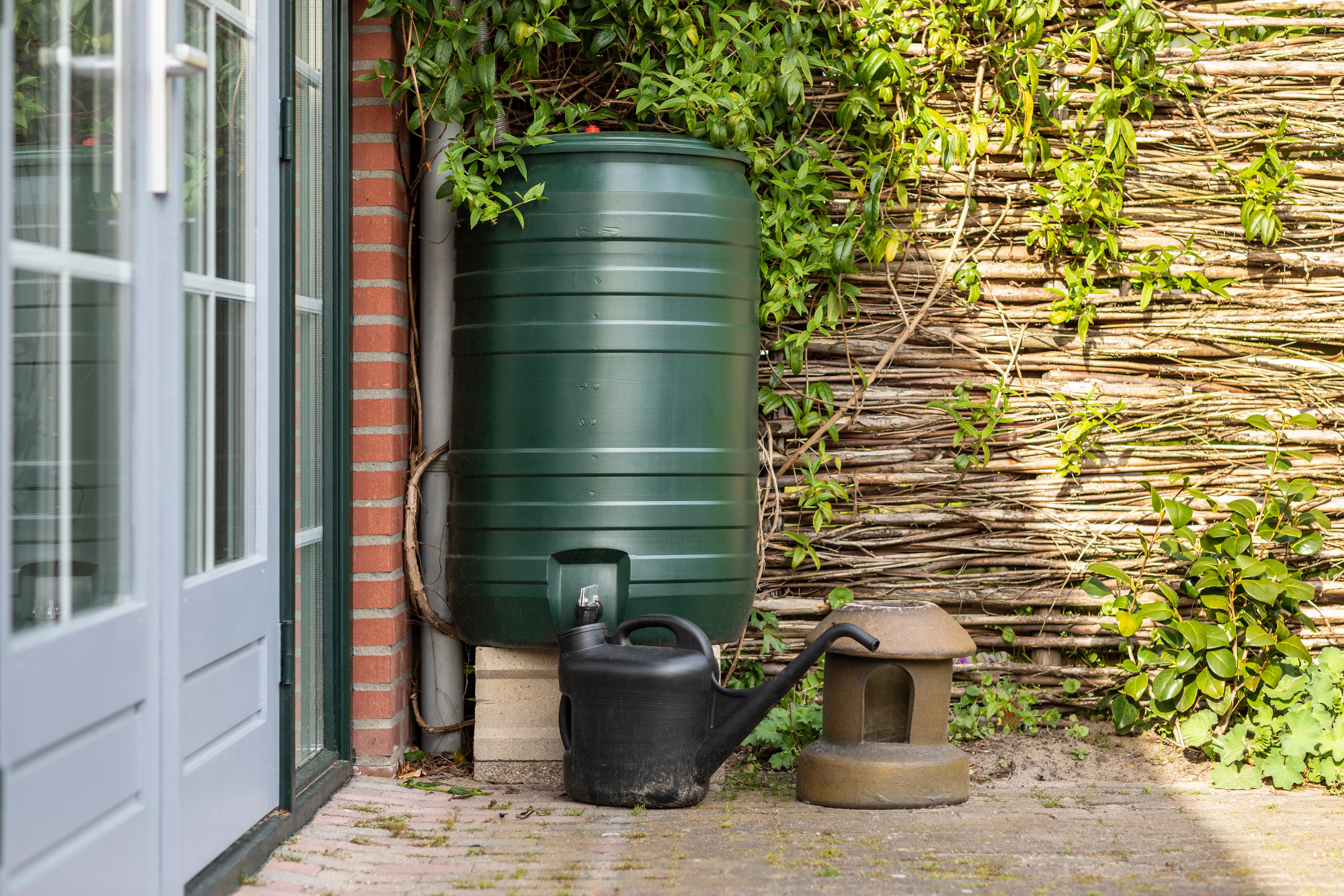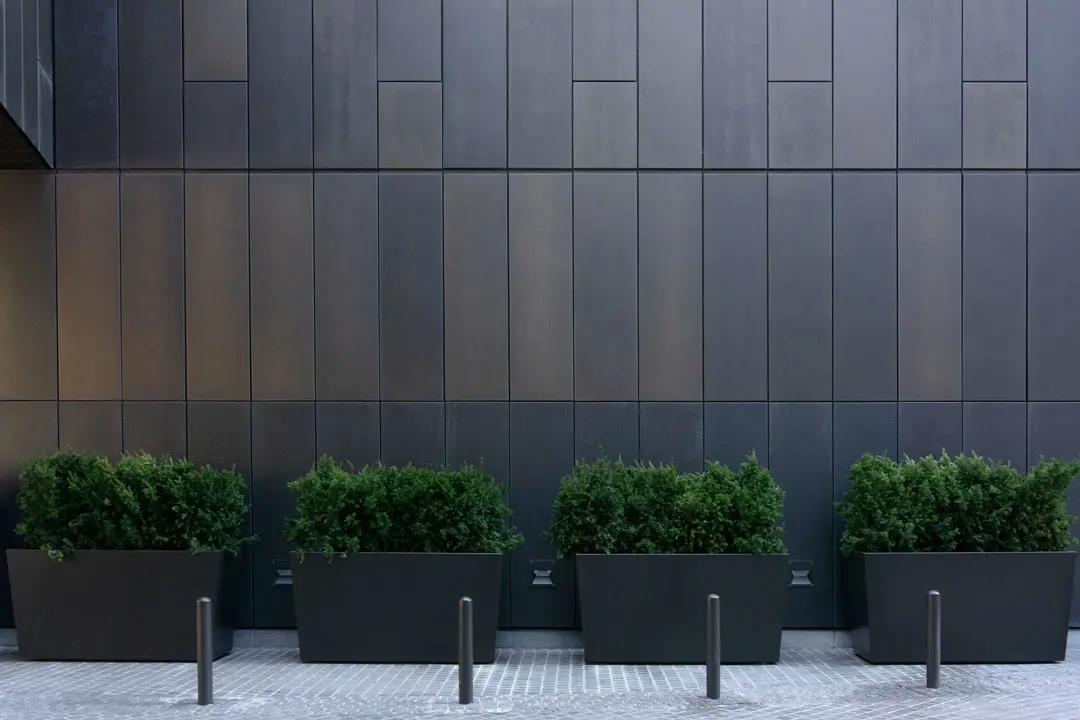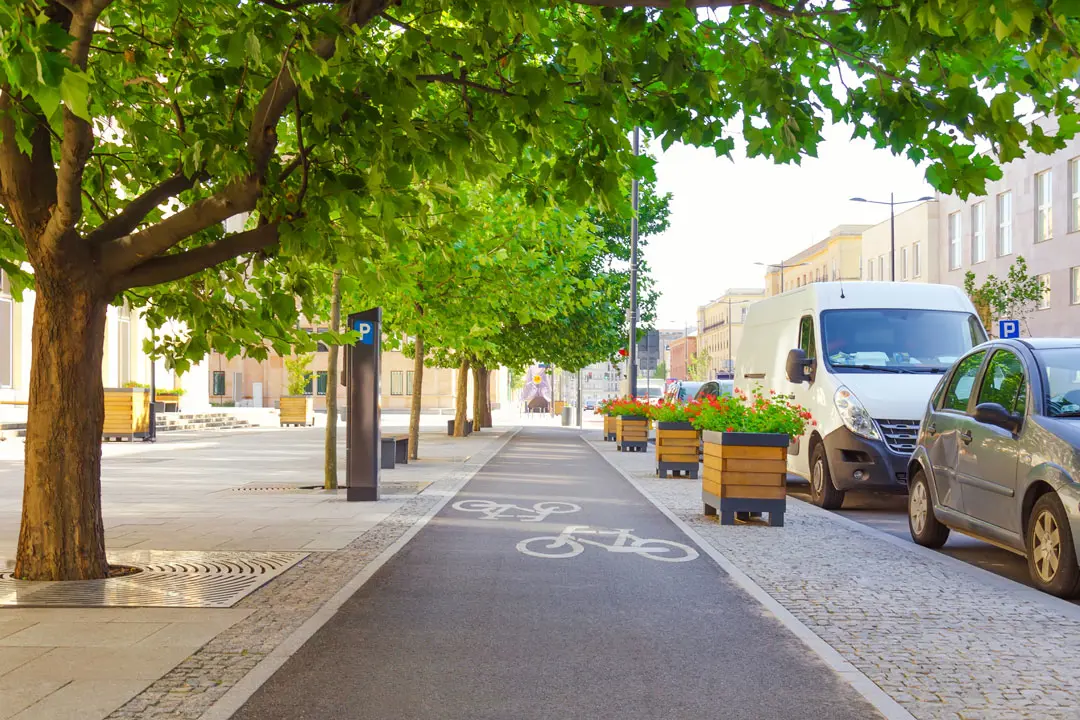How can you and your community get involved?
While our Pathfinder projects are being developed by our Clean Rivers and Seas Task Force, everyone can help us reduce storm overflow releases in a number of different ways.
What you can do to help
Installing water butts to capture excess water, avoiding paving over driveways – instead using soakaways to mimic natural water management – and making better use of smart drainage solutions. These are just some of the ways you can get involved and help 'slow the flow' of surface water into the sewer.
Every small action makes a difference. The sustainable, nature-based drainage solutions we put in place now will deliver benefits for future generations, increasing biodiversity, well-being, and economic prosperity.

Seven ways to ‘slow the flow’
Here are some smart ways you can help ‘slow the flow’ at home and in your local community.

What can local businesses do to get involved?
- Do you have a large surface area on your land such as a car park, large roof, or playground? Check if your surface water runs into the sewer.
- Install raingarden planters or disconnect the surface water on-site through sustainable drainage measures.
To learn more about what we're doing and how we could work together to slow the flow, email us at Partnerships.Overflows@southernwater.co.uk

What can local authorities do to ‘slow the flow’?
- Install sustainable drainage solutions. Planters, tree pits and raingardens all reduce the number of hard surfaces in the community and help to divert surface water back to the environment.
- Build awareness and enforce regulations around paved driveways. Driveways over 5m2 require planning permission and local authorities should make sure they're permeable or have drainage solutions in place.
- Only approve new developments and extensions that demonstrate surface water will be separated from the combined sewer.
- Encourage communities to green their gardens, and use water butts and raingarden planters. These help to tackle rainwater run-off and increase biodiversity.
- Offer communities more information about surface water overflows and explain who is responsible for them.
- Promote the importance of only flushing the three Ps (poo, pee, paper) to prevent blockages.
- Maintain highways gullies to prevent blockages.
- Partner with us on schemes to improve the use of sustainable drainage solutions in the community.
Download our latest case studies to discover what we're doing
Case Study – Upgrading Infrastructure to Slow the Flow in Whitstable
Suds In Schools Case Study
Havenstreet Case Study
Showing 3 out of 3
External and regulatory reports
Defra Consultation on Storm Overflow Discharge Reduction Plan
Launched March 2022
Environment Agency and Defra report on bathing waters
Published January 2022
The Government’s Storm Overflows Taskforce Evidence Project
Published November 2021
Environment Act 2021
Passed into law November 2021
